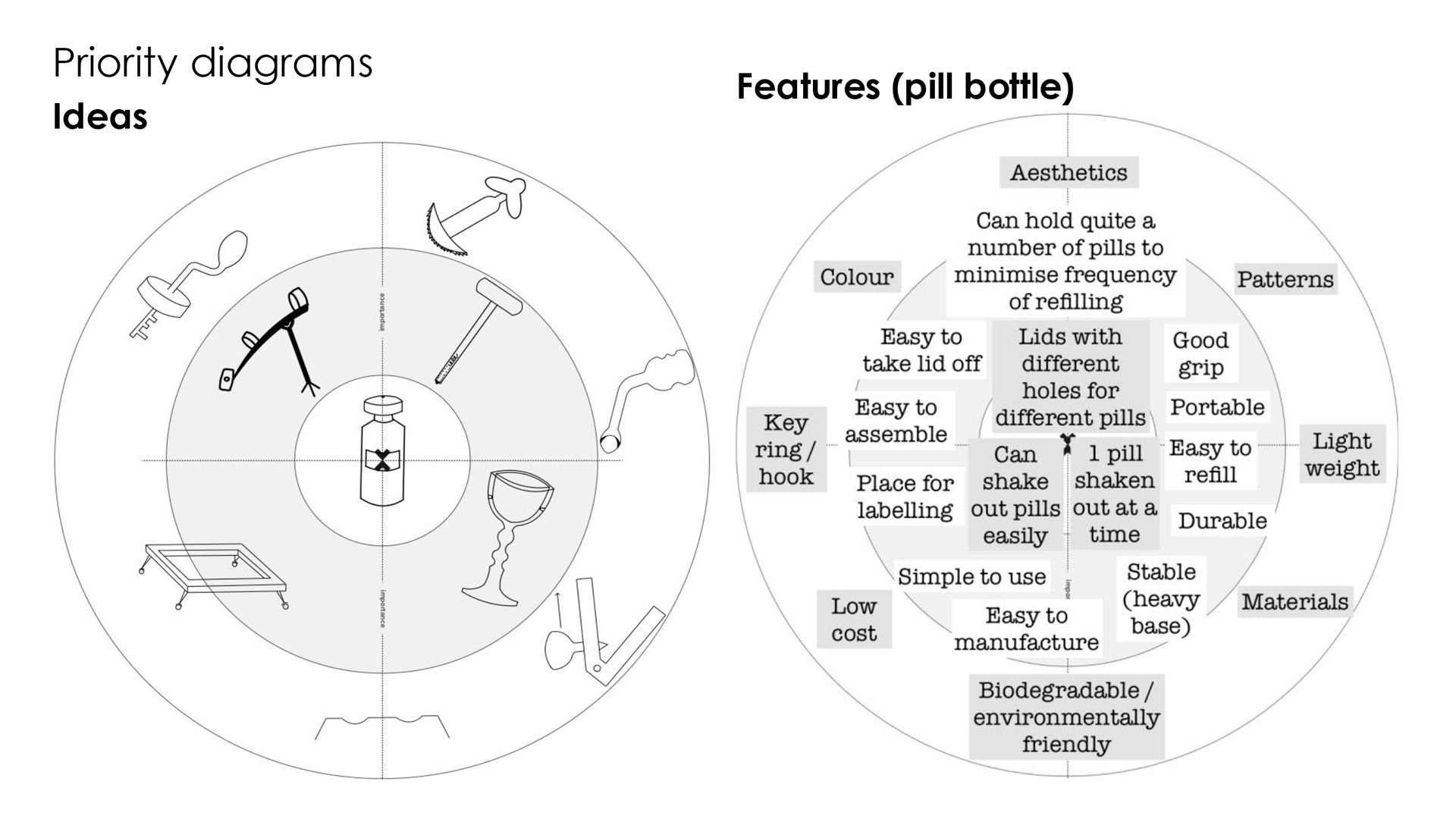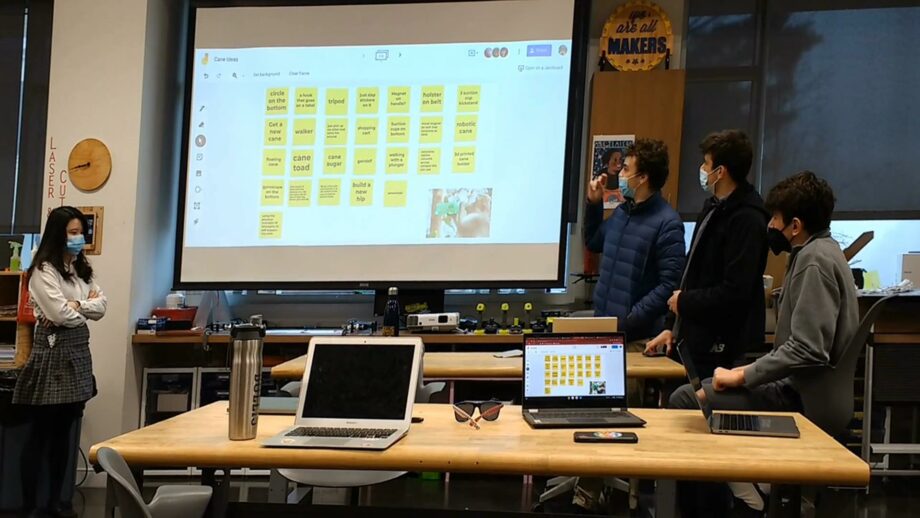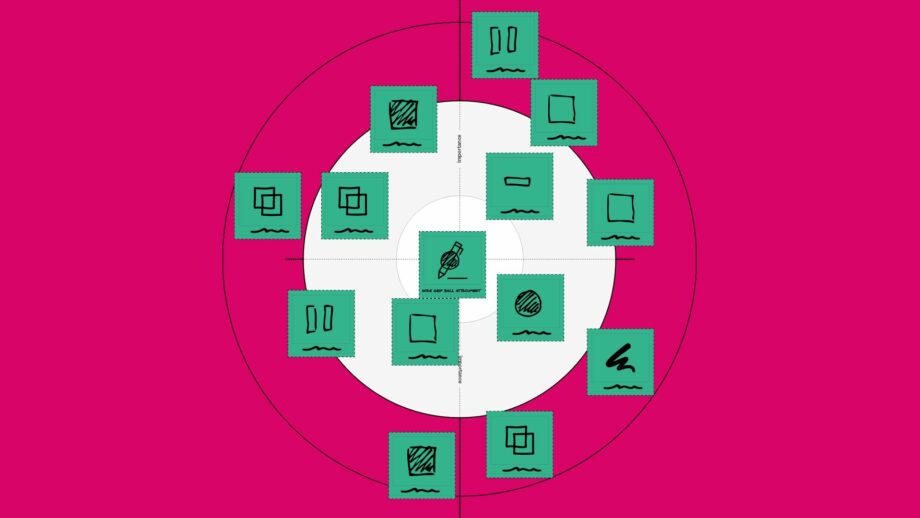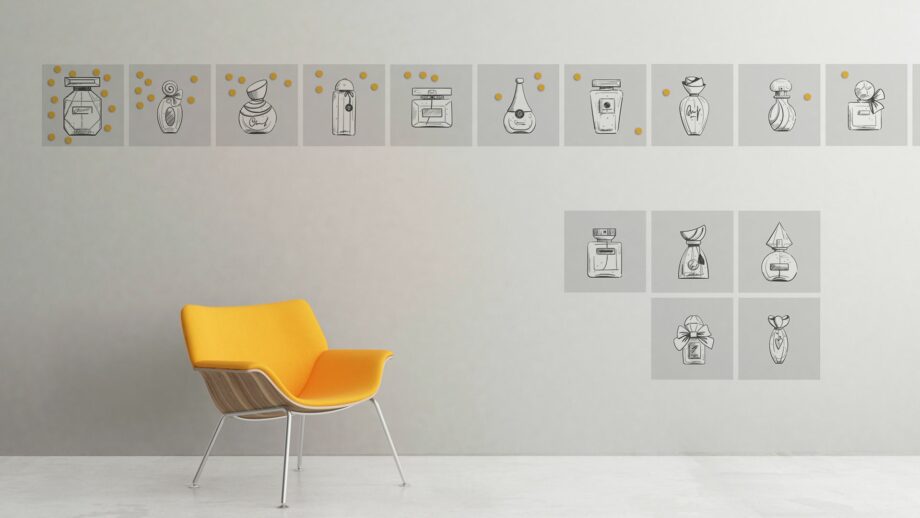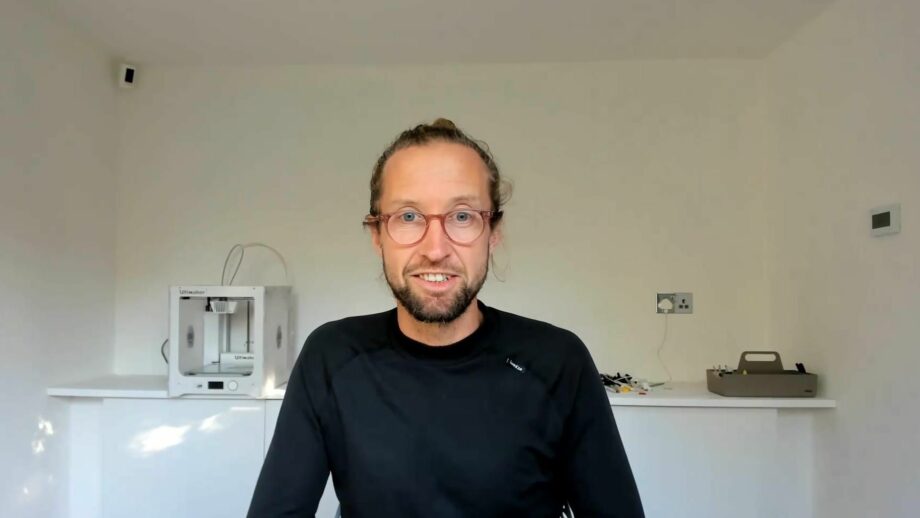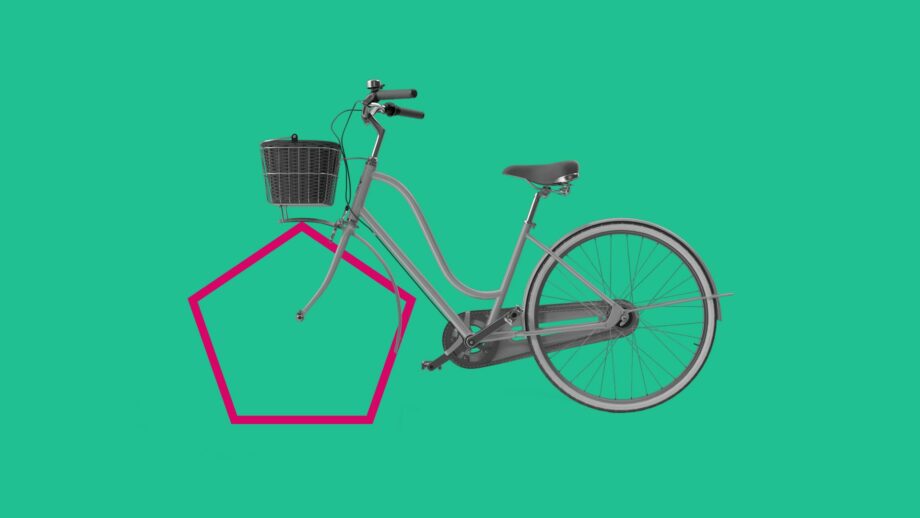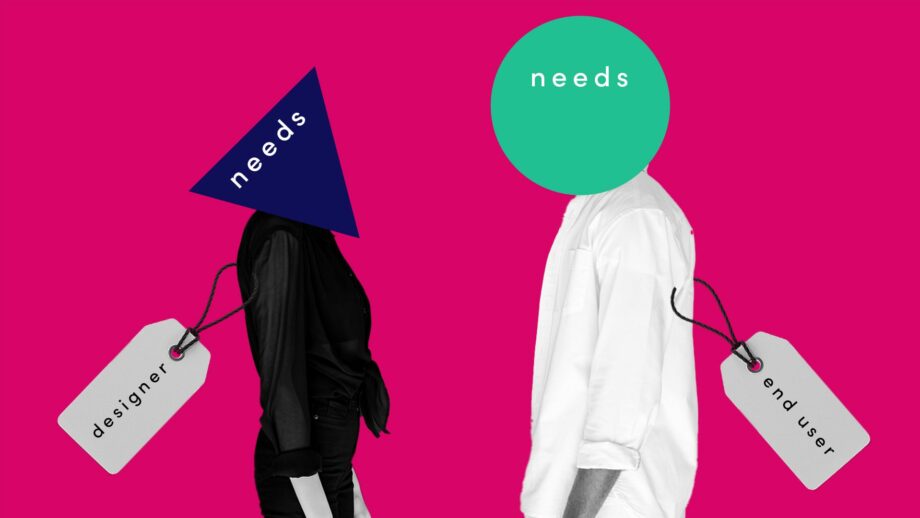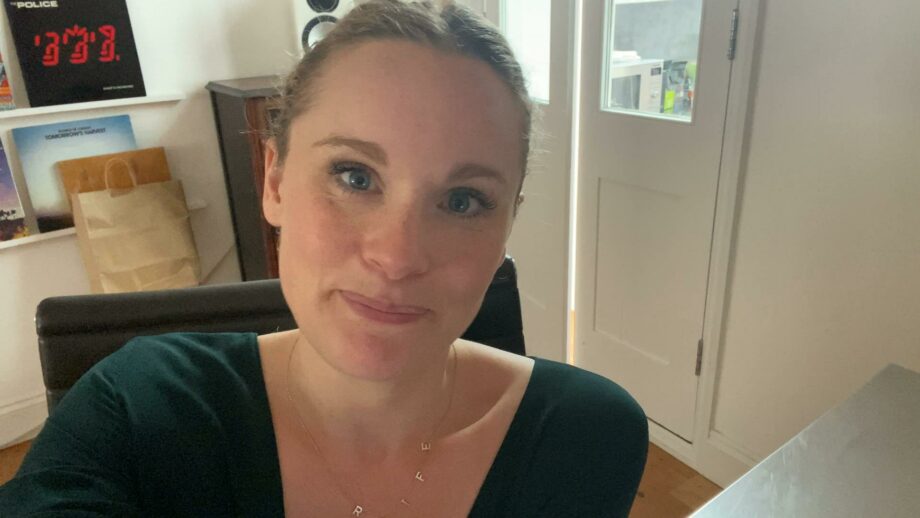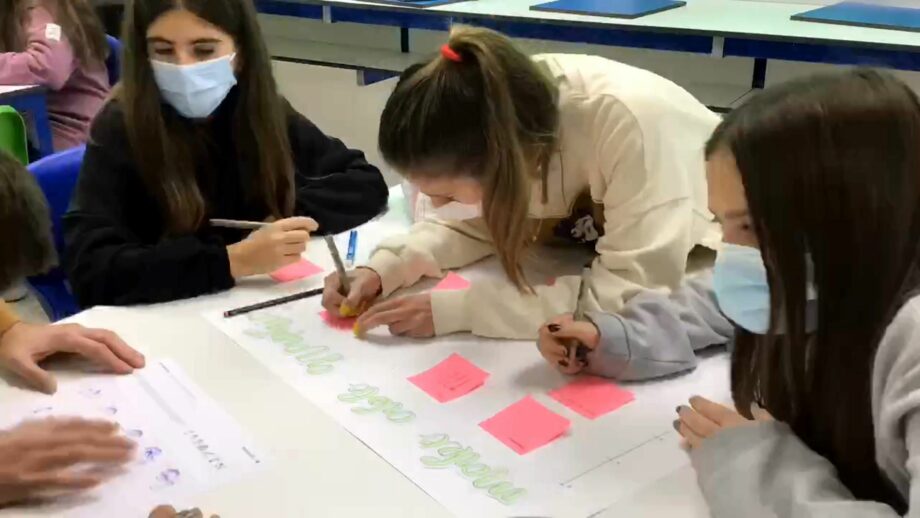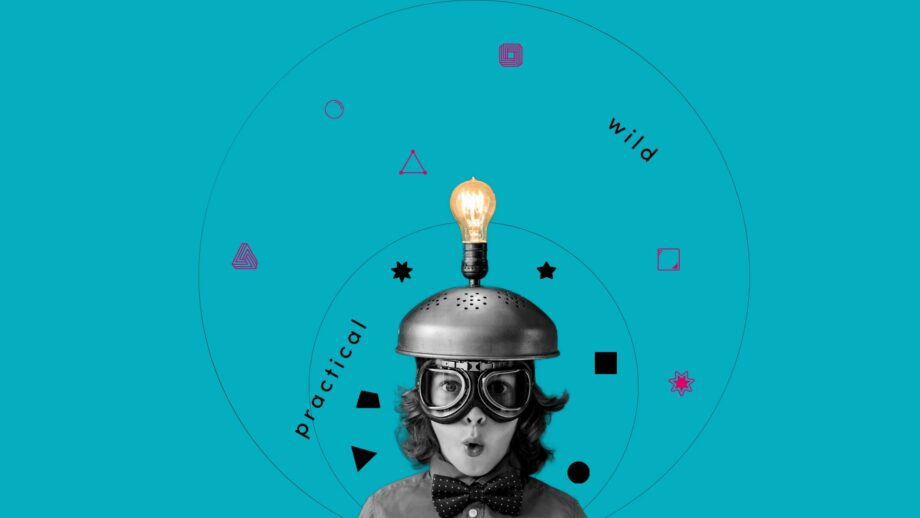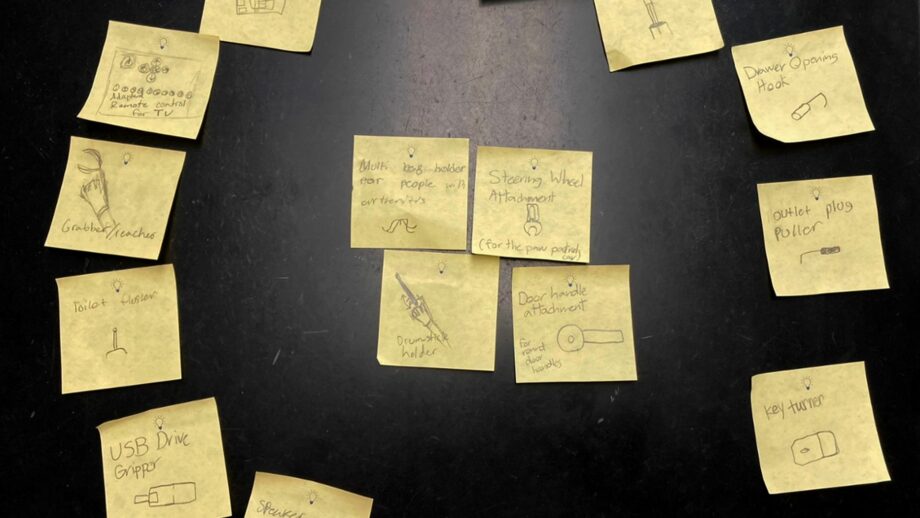At this point, you should have analysed a vast number of ideas and selected a key idea to take forward. The final step before we move on to the next toolkit is to generate a list of design criteria. These are essentially a set of ‘must have’ guidelines to follow when transforming your idea into a solution. Again, these should be driven by your empathy studies and might include points about ergonomics, weight, size, shape, aesthetics, cost etc.
Design criteria can be set out as a basic text list, or alternatively if you want to get creative, you could use the priority diagramming method again but in a different way. Rather than mapping out ideas onto the bullseye chart, you can map out design criteria/features and place them in order of importance.
